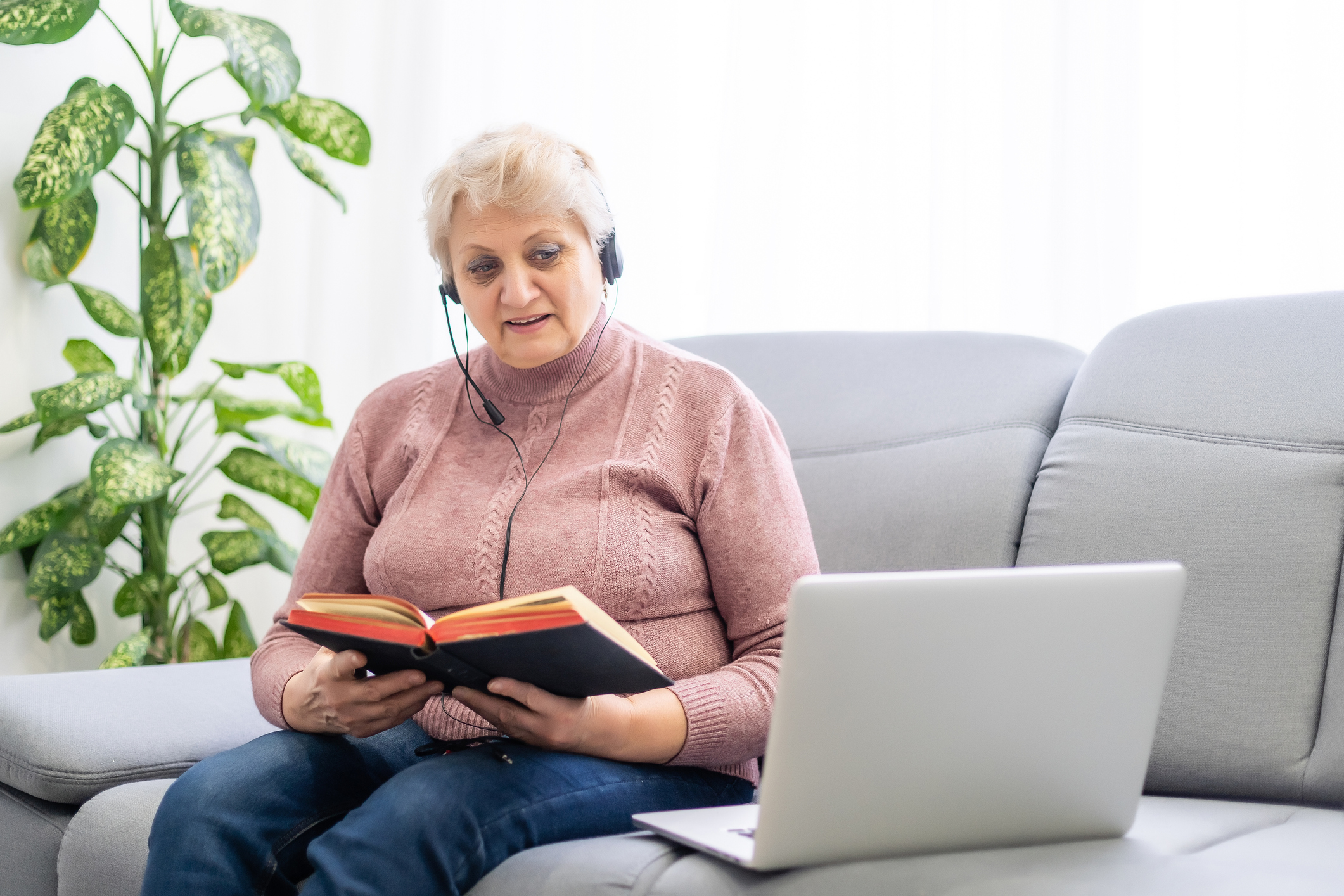Hamptons Soul: Virtual Spirituality

Just in time for Thanksgiving, Father Constantine Lazarakis of the Greek Orthodox Congregation, and Jewish Center of the Hamptons Rabbi Josh Franklin speak on the topic of virtual spirituality.
Rabbi Josh Franklin
The Jewish philosopher Martin Buber has a label for the profound face-to-face encounters that we have with each other. He calls these I-Thou moments. Buber teaches that these encounters occur when two or more people enter into relationship with each other, caring for one another, loving each other and transforming each other. This experience holds a mystical quality, some kind of ineffable chemistry that materializes when we connect in this transformative way. We can discover God in these encounters. Moreover, that inexplicable force that fuels this spiritual connection, that IS God!
Up until the pandemic, I believed that these kinds of encounters could only happen in person. Over the last year and a half, I’ve been proven wrong. As synagogues and faith communities all over the world took their communities virtual, we began to experience powerful moments of connection through screens. Virtual spirituality isn’t oxymoronic; rather it’s a new reality that we’ve come to embrace. Over the pandemic, I’ve officiated at funerals and weddings where the majority of the guests joined on Zoom; I’ve led virtual Passover Seders for two straight years; and I’ve engaged my congregation primarily through various streaming platforms. These interactions weren’t just meaningful, they were spiritual, too.
Yes, I miss having a big in-person crowd in our sanctuary. Our in-person attendance is limited, both because we have limited capacity and because people are scared to gather indoors. Some members of our community have advocated for getting rid of all virtual and streaming services once the pandemic is over. They see virtual engagement as a second-class form of engagement. But I believe virtual spirituality is one of our COVID keepers, that is one of the positive effects of living within the COVID crucible. Our sanctuary is now equipped with multiple cameras and a sophisticated audio system that are able to deliver Judaism and community meaningfully far beyond our walls.
When Buber wrote: “When two people relate to each other authentically and humanly, God is the electricity that surges between them,” he didn’t mean a literal electrical current. But perhaps he was more right than he knew. God exists in our face-to-face in-person encounters, but also in the virtual current that connects us through FaceTime, Zoom, Vimeo, Facebook Live, or whatever streaming platform you are using to connect deeply to other people.
Father Constantine Lazarakis
Virtual spiritual practice, broadcast worship and questions of “What constitutes a gathering?” are not entirely new, but over the recent months, these practices have become more ubiquitous, and the questions around them have become more urgent. Jesus told his disciples, “For where two or three are gathered in My Name, I am there in the midst of them” (Matt. 18:20). The Psalmist exhorts, “How good and pleasant it is for brothers to dwell together in harmony — for there the Lord bestows his blessing, even Life forevermore.” (Psalm 133) People of faith know that there is a mysterious blessing in coming together.
During the pandemic, livestream worship services, Zoom Bible study, and virtual gatherings have been a Godsend, sparing people from total isolation and keeping congregations connected. With uncertainty around COVID variants and with colder months already upon us, it’s quite possible that virtual spirituality may end up being a lifeline for many again.
As a pastor, I am grateful for the many technological tools that we can use, both during the pandemic and after to support people as they strive to connect with God and with one another. But, I feel that we must also be cautious. More and more, social media and electronic communication create an illusion of personal connection while they drive us into deeper isolation. We need to use technology judiciously, being sure that it is serving actual connections between people — not simply creating an illusion of connectivity as we lose touch with one another and our truest selves.
I see livestream church services as an essential offering during periods of time when we can’t get to our place of worship (either because of the pandemic or due to personal circumstances). We need to be sure that plugging in fosters human contact, because it can never replace it.



